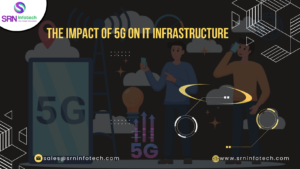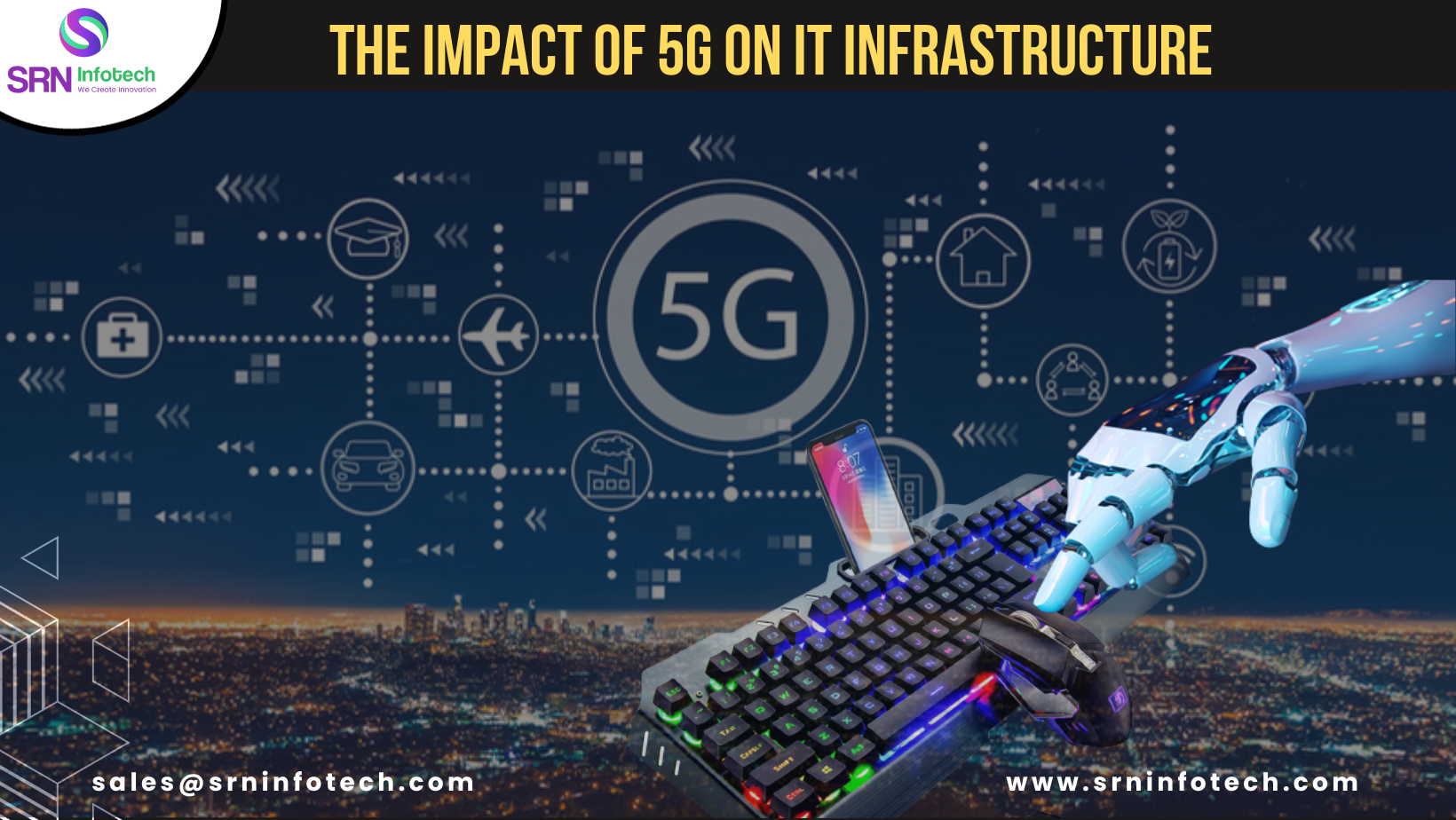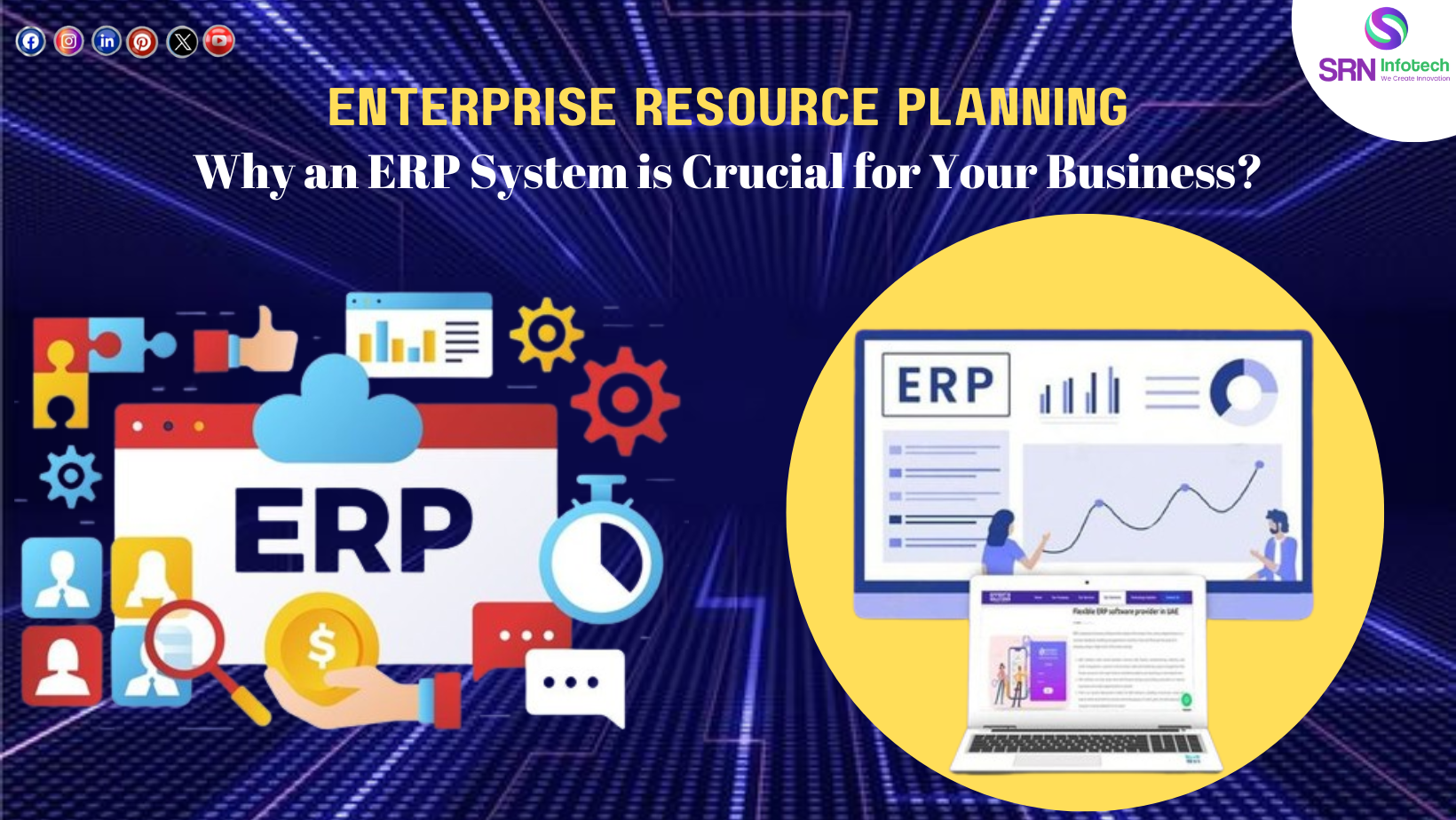The Impact of 5G on IT Infrastructure.
The rollout of 5G technology is transforming the IT landscape in profound ways. This blog post explores the significant impact of 5G on IT infrastructure and how it’s shaping the future of connectivity, businesses, and technology.
Introduction:
The introduction of 5G, the fifth generation of mobile network technology, is revolutionizing the way IT infrastructure is designed, managed, and utilized. Unlike its predecessors, 5G promises unparalleled speed, lower latency, and increased connectivity, making it a game-changer for the IT industry. Here, we’ll delve into the key areas where 5G is influencing IT infrastructure.
Faster Data Transfer Speeds:
5G offers lightning-fast data transfer speeds, with the potential to reach up to 20 gigabits per second (Gbps). This speed boost is a catalyst for data-intensive tasks, such as real-time data analytics, high-definition video streaming, and augmented/virtual reality applications.

Reduced Latency:
One of the most remarkable features of 5G is its ultra-low latency, which can be as low as 1 millisecond. This low latency is critical for applications that demand instant responses, like autonomous vehicles and remote surgeries.
Edge Computing:
5G is driving the growth of edge computing, which involves processing data closer to the point of origin. This minimizes the need for data to travel long distances to data centers.
Internet of Things (IoT) Expansion:
5G’s capacity to connect more devices in a smaller area is fueling the growth of IoT. As a result, IT infrastructure is shifting to support the massive number of IoT devices. This entails robust network security, data analytics capabilities, and scalable cloud platforms to manage the vast amounts of data generated by these devices.
Enhanced Connectivity:
5G networks provide consistent and reliable connectivity even in crowded urban areas. This is especially valuable for businesses that rely on uninterrupted connectivity for their operations. IT infrastructure must be designed to ensure seamless connectivity, even in high-density locations.
Security and Privacy Considerations:
With the increasing speed and connectivity of 5G, security and privacy concerns become more critical. IT infrastructure needs to include advanced security measures, such as real-time threat detection and encryption, to safeguard sensitive data in this fast-paced, hyper-connected environment.
Conclusion:
The introduction of 5G is redefining IT infrastructure by delivering unparalleled speed, ultra-low latency, and increased connectivity. Businesses must adapt their IT systems to leverage the full potential of 5G technology, which includes investing in powerful hardware, optimizing for low latency, embracing edge computing, and addressing security and privacy concerns.


